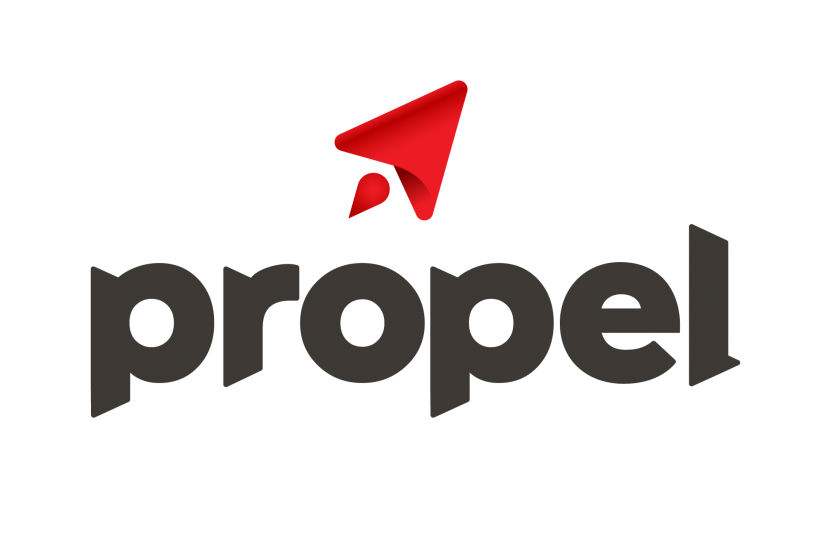With Canada’s Ocean Supercluster set to have its first mandate expire in 14 months, CEO Kendra MacDonald said in an interview that the organization is in “active talks” with the federal government about extending its operations.
Tasked by the federal government with fostering a sustainable and inclusive ocean economy, the Supercluster's first mandate calls for it to distribute $153 million over half a decade. It has spent most of its budget over the last two years, funding more than 60 projects worth a combined $320 million, counting the contributions of both the Supercluster and its partner companies.
Now, with some projects showing promise, MacDonald is eyeing what she calls Supercluster 2.0 -- a rebooted organization with a refreshed mandate.
“We're in active discussions, thinking through what that looks like,” she said. “And certainly looking actively at increasing funding, to be able to support 2.0 and be able to carry on our mandate.
“If you look at the UN Decade of Ocean Science for Sustainable Development, if you look at The High Level Panel for a Sustainable Ocean Economy (an international working group), those themes resonate.”
The Ocean Supercluster is one of five clusters, each representing a different industry, created by the federal government in 2017 with plans for them to spend a combined $950 million. Each cluster jointly funds research and development projects with consortia of private sector companies. Usually, the Ocean Supercluster pays about half the cost of a project, and the participating companies pay the other half.
MacDonald said none of the Ocean Supercluster projects are completed yet, but several are slated to finish this year.
One example of a project beginning to bear fruit -- graphite coating -- is a collaboration between Halifax’s Graphite Innovation and Technologies, Horizon Maritime, Newfoundland Aqua Service and Millbrook First Nation.
The consortium is developing paint to coat the hulls of boats with the aim of preventing algae and mollusc buildups and reducing friction, which can increase boats’ fuel efficiency. Early testing shows the researchers are close to achieving their fuel-savings targets.
MacDonald added that several companies have found that leading or joining Supercluster projects lends international credibility to their operations and has made it easier for them to find clients in foreign markets.
The Supercluster has already allocated much of its money for its first mandate, she said, so a big focus for the next 14 months will be assessing the projects already approved rather than generating new projects.
“We're critical to the economic recovery conversation,” she said. “And I think that creates opportunities for all of us here in the region and in the ocean economy across the country.”
Much of the money distributed by the Supercluster has gone to Atlantic Canadian businesses. But MacDonald said the funding distribution has been a byproduct of the country’s blue economy.
She added that the growth of West Coast bluetech companies has created more commercial opportunities that she hopes to pursue if the Supercluster has its mandate renewed. The pandemic, by necessitating digital communication, has lessened physical barriers between the two coasts, she said.
“We are seeing an increase in East Coast-West Coast collaboration, (which is) easier in terms of attending our events, because they've all been virtual, so we're not dealing with big geographies, in terms of folks getting on planes,” she said.
“The West Coast now has a hub, which is the Center for Ocean Applied Sustainable Technology -- COAST... which is increasingly helping us move our programming across the country, and in particular, increasing activity on the West Coast.”










